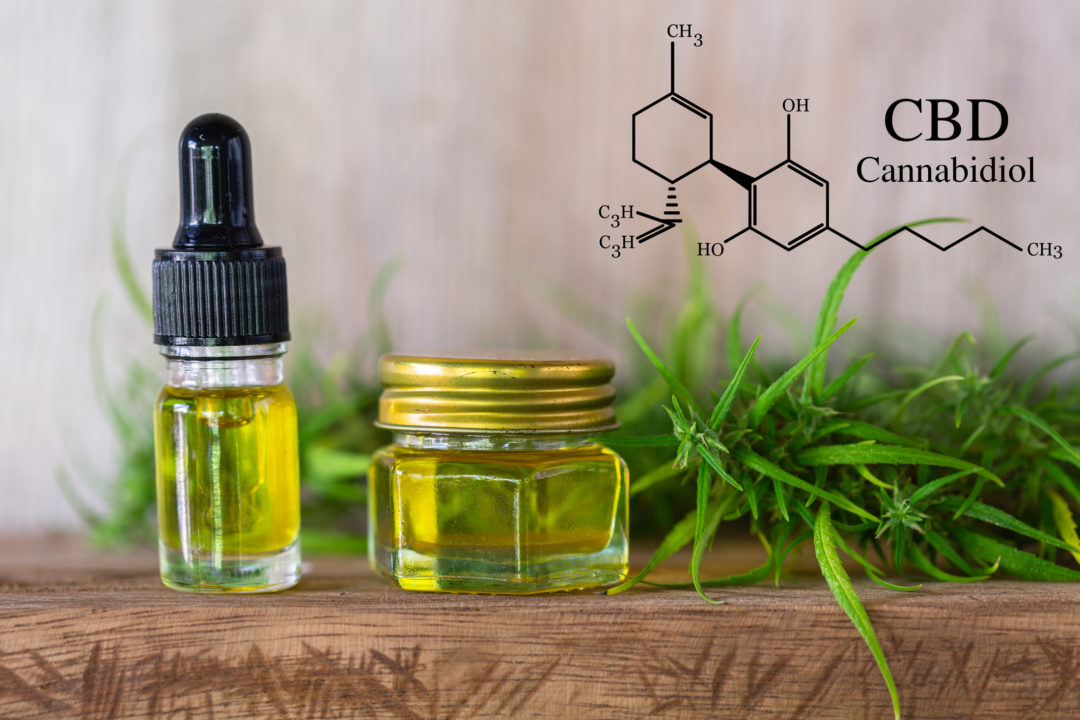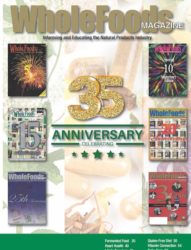Rich Maturo, VP, Cannabis Practice at Nielsen, said in the forecast: “While the regulatory roadmap remains ambiguous, one thing is clear: The next decade for the hemp-based CBD market has the potential to be a game changer for the traditional CPG and retail industry.”
Developments expected by the Nielsen team include:
Targeted educational efforts.We can expect a rise in manufacturer-driven educational efforts to hit health care providers. In Nielsen’s Q4 Health Care Practitioner Tracking Study, 70% of the practitioners surveyed said they discuss CBD with their patients—but only about one-third of the practitioners were knowledgeable about the laws surrounding hemp-CBD. With proper education, the influence of the medical community “may do more [over the next decade] to drive trial and brand/format loyalty than traditional branding and marketing efforts,”Maturo says. Guidance from a health care practitioner is more convincing than recommendations from family, friends, or branding.
Related: Congress Fails to Pass CBD Legislation Nielsen Report: American Eating Intentions Create Big Opportunities KeHE Lists Top 5 2020 Trends
CBD prices will fall.The forecast notes that, depending on potency, CBD products frequently range between four and 10 times the retail price of CPG products used for comparable needs. Manufacturers, therefore, who narrow the price gap between CBD products and their CPG equivalents will maximize their opportunities to compete within the CPG space. This price dropped will be helped along by a rising number of U.S. hemp farmers, a rising number of acres devoted to hemp, and a rising number of Latin American farmers growing hemp.Consumers will be looking for ingestibles.Nielsen projections show that with FDA approval, ingestible formats could grow their existing user base as much as 250-375% in a year’s time, as these are the formats that consumers are most familiar with. These formats will also have the benefits of recent innovations, like water-soluble and nano-technologies allowing for more efficient absorption. “We believe that over the next decade,” Maturo says, “categories that consumers use habitually or as part of their daily routine will contribute significantly to CBD growth and ultimately garner high sales due to replenishment frequency. CBD-infused beverages are especially a good fit for this—think coffee, functional waters, energy drinks, teas and sport drinks.”
Pet CBD will explode.Nielsen’s data shows that 37% of dog owners who give their dogs vitamins and supplements today say that they’re likely to give their dog a hemp-CBD infused vitamin in the next 12 months. That said, Nielsen’s data also shows that more than 20% of people who have given their dog CBD used a product not specifically formulated for a dog. It is therefore imperative for pet CBD product manufacturers to provide a recognizable level of differentiation between their products and those intended for human consumption.
A battle will emerge in retail.Traditional brick-and-mortar CPG retail channels will steal share from online CBD retailers, local specialty CBD retailers, and vape and tobacco shops. “Compared with current hemp-CBD users,” Maturo says, “our survey data shows that new CBD consumers who say they’re likely to consume CBD products in the next 12 months but have yet to consume are more than twice as likely to state that they’ll shop for CBD products at a grocery chain or mass merchandiser. These same consumers are more than 3.5 times more likely to state that they’ll purchase hemp-CBD products from a chain drug store.”
Maturo closes with this: “As the regulatory outlook becomes clear, manufacturers and retailers can’t afford to ignore the still-nascent CBD space.”










